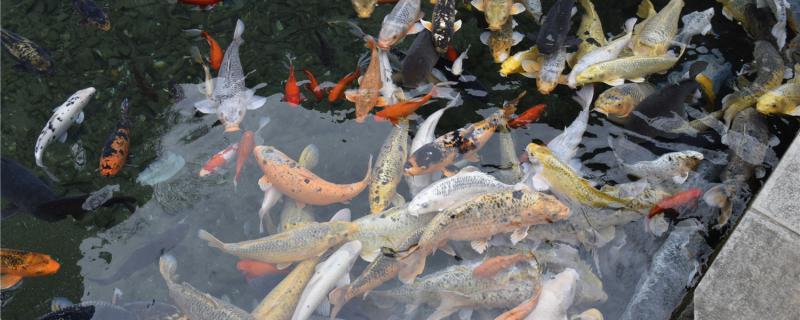
in winter, the temperature difference between day and night is large, and there will be cold air, so the breeder should pay attention to the windproof treatment of the fish pond to prevent the cold air from affecting the koi. In addition, warm water can be added to the fish pond to keep the water temperature constant at about 25 degrees, and the feeding water level can be properly deepened to ensure sufficient dissolved oxygen. If conditions permit, the koi can be transferred to indoor breeding.
of water quality, Koi carp has relatively high requirements for water quality, and water pollution can easily cause them to have cold symptoms. After illness, koi will suffer from listlessness, loss of appetite and weakness in swimming, so breeders should regularly disinfect fish ponds to prevent them from suffering from such diseases.
of food feeding. The appetite of Koi is affected by water temperature. In winter, the temperature is relatively low, and the amount of food they feed should be adjusted accordingly according to the water temperature. When the water temperature is about 20 degrees, it can be fed 2-3 times a week. When the water temperature drops, the feeding amount should also drop. If the water temperature drops below 10 degrees, the koi will not eat, and the breeder needs to stop feeding. If the water temperature is very low, the breeder should adjust the water temperature appropriately to observe whether the koi has hypoxia.